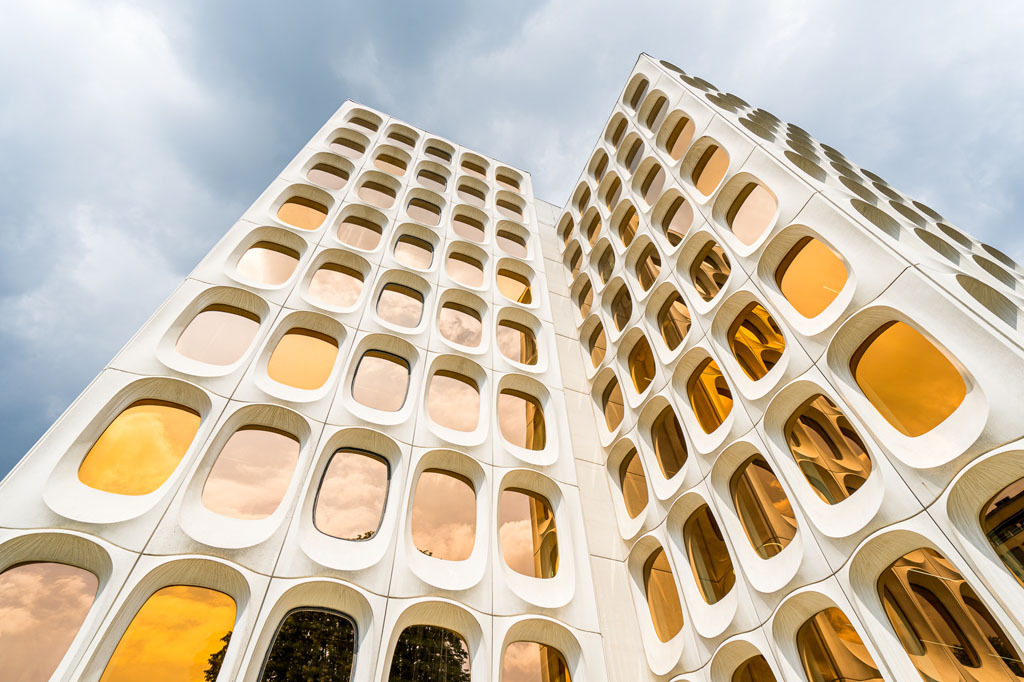Insinger
Insinger
The Insinger building is located in the prestigious ‘Golden Bend’ of Amsterdam’s canal belt, at Herengracht 531-537. This historic building combines elements from the 17th century with a structure that largely dates from the early 20th century. In 1903 the building underwent major reconstruction, during which time buildings 531, 533, 535, and 537 were gradually merged into one large office building. During a renovation from 1998 to 2000, the interior was thoroughly modernized with contemporary technologies, while the monumental facade with its ornate decorations was carefully preserved. Currently in use by private bank InsingerGilissen, the building combines historic appeal with modern functionality and sustainability. It is also listed as a municipal monument.
| Name | Insinger |
| Location | Herengracht 531-537, Amsterdam, The Netherlands |
| Property Type | Offices |
| Investment date | 2024 |
| Total area |
|
| Architect | Ir. J P. H. De Man (1903); Prof. ir. H. Ruijssenaars (2000) |
| Architectural aspects | Built in 1903, completely renovated in 2000; Protected front facade preserved with completely new rear extension |
| Sustainability initiatives | Realized:
Planned:
|
Other investments.

The Las Palmas building in Rotterdam was designed in 1953 by the Dutch architects Van den Broek and Bakema. This former warehouse on the Wilhelminapier has an area of approximately 21,000 m² spread over eight floors. In 2008, a major…

The Zilveren Toren (‘silver tower’) building in The Hague was constructed between 1967 and 1968 in a modernist style to a design by Frans Van Gool. Zilveren Toren is 74.8 metres tall and has 17 floors. The building is fully leased to MN…

The building, designed in 1967 by architects Jacqmain, Braem, Mulpas and Guilissen as the headquarters for the Belgian glass manufacturer Glaverbel, is one of the finest examples of modernist functional architecture. The perfectly round…

The CBR Building is an iconic modernist office building, designed by Belgian architect Constantin Brodzki and completed in 1970. The building is known for its innovative use of 756 precast concrete modules with organic shapes, which lend…

The BP Building was constructed in 1961 to a design by Léon Steynen and Paul de Meyer on behalf of BP Belgium (British Petroleum Company), from which it takes its name. The building has a total surface area of 10,045 m² over 12 floors. In…






